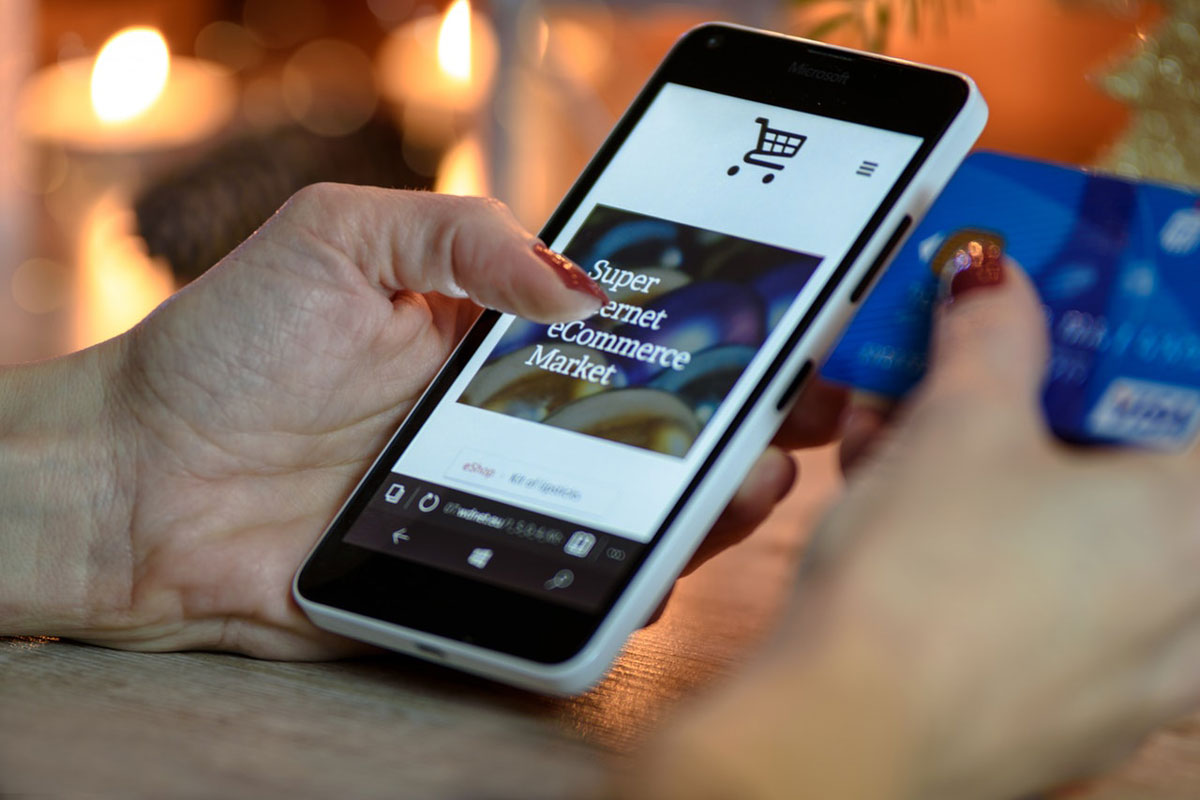For a small country, New Zealand still represents a huge potential market in the world of e-commerce. Nielsen data suggests that as recently as 2016, 66% of Kiwis used online shopping, with that figure projected to hit 83% by 2026.As merchants of all shapes and sizes continue to embrace the online marketplace (utilising e-commerce store development solutions such as Woocommerce, Shopify, Magento, Opencart and more) it’s essential that you offer your customers a range of convenient and secure online payment options.
But do services such as PayPal or Account2Account charge fees? Yes, so it’s very important that you carefully evaluate your options. Today, we will compare fees from a variety of sources, including PayPal, POLi and Account2Account. Note: Obviously we have a vested interest in POLi (it’s our service) but we have tried to make this post as impartial as possible In the coming decade, nearly 100% of Kiwis will be using online shopping.[/caption]
In the coming decade, nearly 100% of Kiwis will be using online shopping.[/caption] What are your online payment options?
Broadly speaking, your options include:- Credit card payments via a bank.Credit card payments via a payment gateway (such as Windcave).Credit card payments via PayPal.Credit card payments via GooglePay.Debit payments direct from a customer’s bank account. Buy Now Pay Later Options
Debit options
POLi PaymentsPOLi allows you as a merchant to offer customers an alternative payment option to credit cards. With POLi, your customer can pay online directly from their bank account via internet banking using a secure process.
POLi also has the lowest fees of all the options presented in this article. Account2AccountAccount2Account offers a similar service to POLi but has only been in the market since 2014 (as opposed to 2006, when POLi was founded) and therefore this service and brand hasn’t been exposed to as many consumers as POLi.
It charges monthly fees so take this into consideration if you’re not going to use them as your credit card payment gateway Credit options PayPalPayPal is extremely well known around the world, but the uptake in New Zealand has been lower than in other countries (perhaps due to its ties with eBay which is not widely used locally).
The system allows customers to pay securely for items using a credit card without having to provide any bank or card details to the merchant. The merchant can choose to have a fully integrated system (transaction takes place within their ecommerce site) or divert the customer to PayPal’s site to complete the sale.PayPal is often seen as being an easy entry to market for small businesses and startups but transaction fees are particularly high.
Google Pay/Apple Pay
Google Pay and Apple Pay are more recent players in the online payments field. These services were designed to facilitate fast cashless payments using either an Android or iOS device (or when shopping online).
Importantly, Google Pay and Apple Pay do not charge fees to merchants for the use of their services. They are facilitators only – connecting other online payment systems (such as credit cards) to merchants via a third-party secure app. However, connecting these systems in-store (i.e. installing the appropriate NFC technology) will incur separate costs if not already available in your brick and mortar locations.Credit card schemes
There is a range of credit card schemes operating in New Zealand. The schemes most commonly known are:
- Visa
- Mastercard
- Diners
- American Express
Part of the contract that allows you as a merchant to receive payment via a credit card scheme is a Merchant Service Fee (or MSF), typically a percentage of the transaction value – anywhere from 1-4%.Credit card via a bank
Traditionally, to offer credit card payments you need a facility called a merchant account with your bank and a relationship with a payment gateway (see below). The bank will charge you an MSF and the gateway will typically charge you a flat fee per transaction.Some banks can offer you a bundled service that includes the payment gateway service.Credit card via a payment gateway
Payment gateways connect together all participants in a transaction, such as the merchant (you), the issuing bank (the bank that issued the card to your customer), the acquiring bank (your bank that issued you a merchant account), and the credit card scheme.Common Payment Gateways in New Zealand are:
‘Buy Now Pay Later’ has risen in popularity in New Zealand over the last few years. Buy Now Pay Later are websites or apps that allow customers to purchase a product online and now without having to front up the full price. The service provider, such as Afterpay, pays the retailer the full price and the consumer pays the service provider back in installments.What fees do online payment platforms charge?
| Fees | ||||
| Set up | Transaction Fee or MSF | Payment Gateway (per tx) | Monthly Service Fees | |
|---|---|---|---|---|
| PayPal (full solution*) |
$0 | 3.4% + NZ$0.45 per tx | Included | None |
| Credit Cards | Varies | 1 -4% on average** | $0.15 – $0.25 | $25 – $60 |
| POLi | $0 | 1% (capped at $3 p/tx) | Included | None, although there is a $10 minimum account activity fee, which is only charged if the sum of your transaction fees is less than $10. |
| Account2Account | $150 | 100-5,000 transactions included in account. $0.45-$0.50 overage fee thereafter. | Included | $50 – $150 |
| Bambora | $99 | For pricing information visit https://www.bambora.com | ||
* This illustration is for PayPal’s fully hosted solution** According to Retail NZ research***Not charged separately if also processing credit card transactionsNote: Figures shown do not include any applicable GST.Online payments case studyA store with $10k sales per year, 10 transactions per month, and an average sale price of $80…John has recently set up a small start-up NZ niche online store and he is now looking for an online payment system. To date, he has been selling his products via Trade Me and he knows many of his customers do not have a credit card. As such, he wants the flexibility to offer his customers both credit card and direct bank transfer payment methods.Let’s assume half of his sales transactions are completed with a credit card and half via direct transfer of funds.Using PayPal: John will spend $202 on transaction fees, but this includes the fees he would otherwise have had to pay for the credit card scheme MSF and payment gateway fees.Using POLi: John will pay an additional $50 in transaction fees but there is no set up fee. So, a total of $252 in the first year.Using Account2Account: John will pay an additional $150 for set up and $60 in transaction fees. So, a total of $412 for the first year.Do the maths before your commit to an online payment solutionMerchants will have different online payment needs at different stages of their store’s life. Before you jump into bed with a particular solution provider, think about your business growth plans. In the example above, we saw that the POLi plus PayPal options would cost John 2.52% of total revenue in the first year. This is compared to 4.12% using Account2Account plus PayPal.That 1.6% difference might not sound like a lot, but if John were to triple his revenue by year three, he would be paying nearly $500 a year more.What do you think? We would love to hear from you with any questions or comments about your own experiences with online payment systems.Until next time.
Jeff Skidmore
Director, POLi
